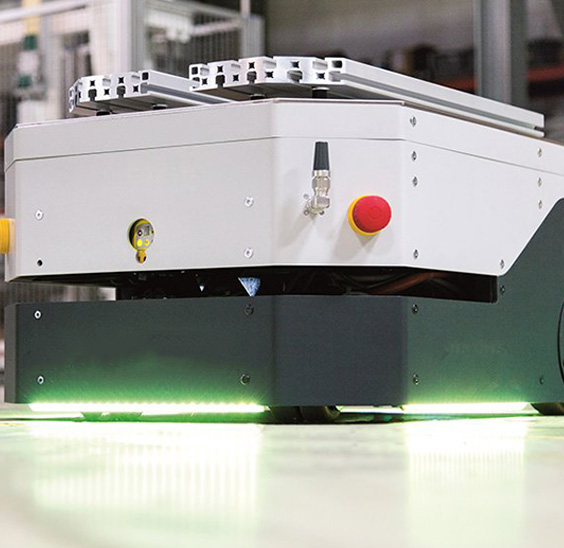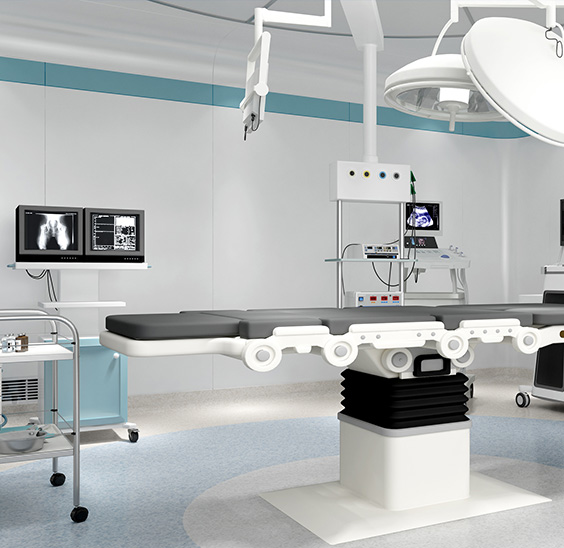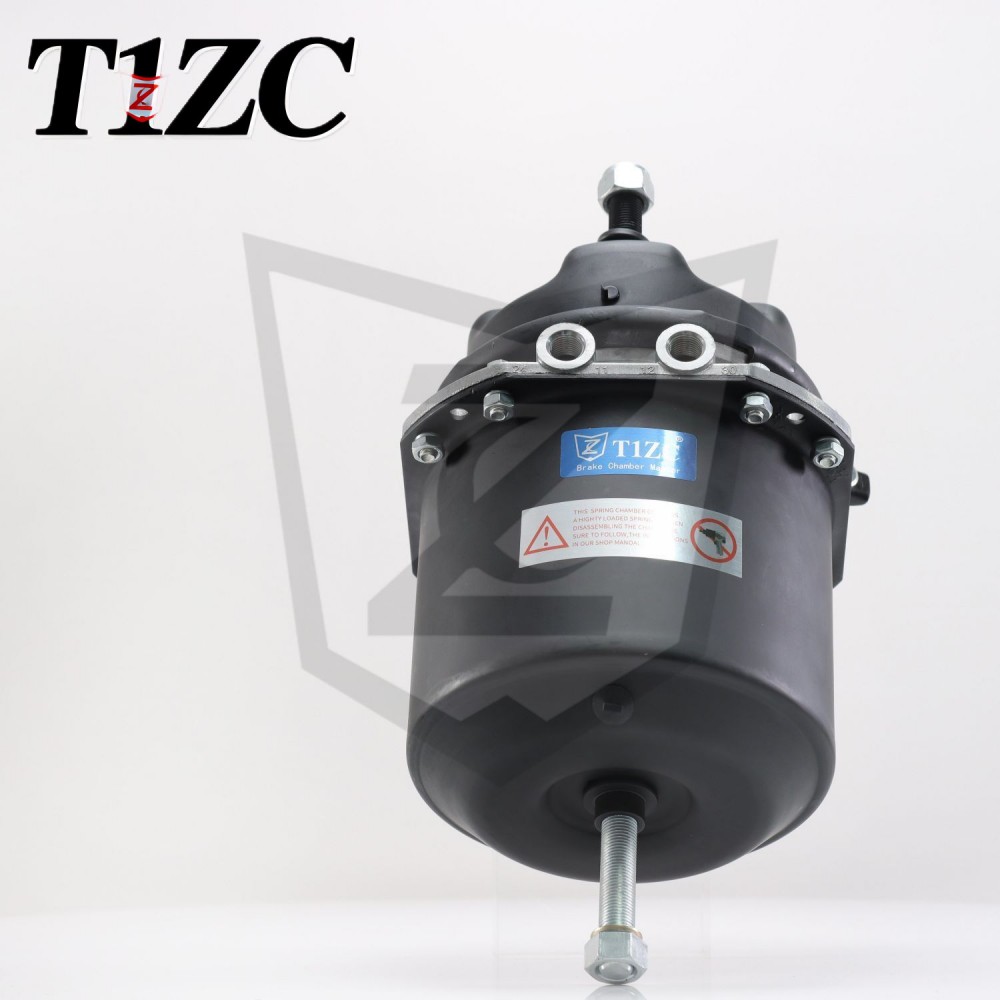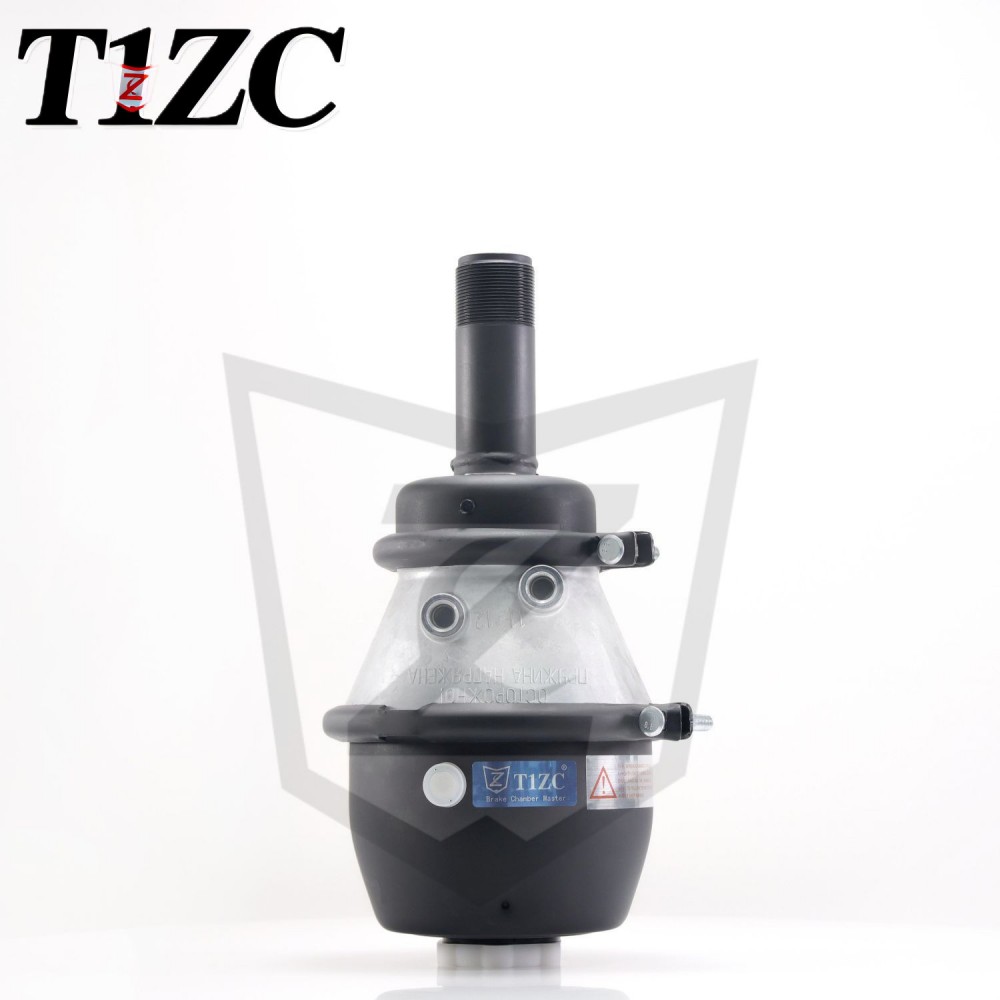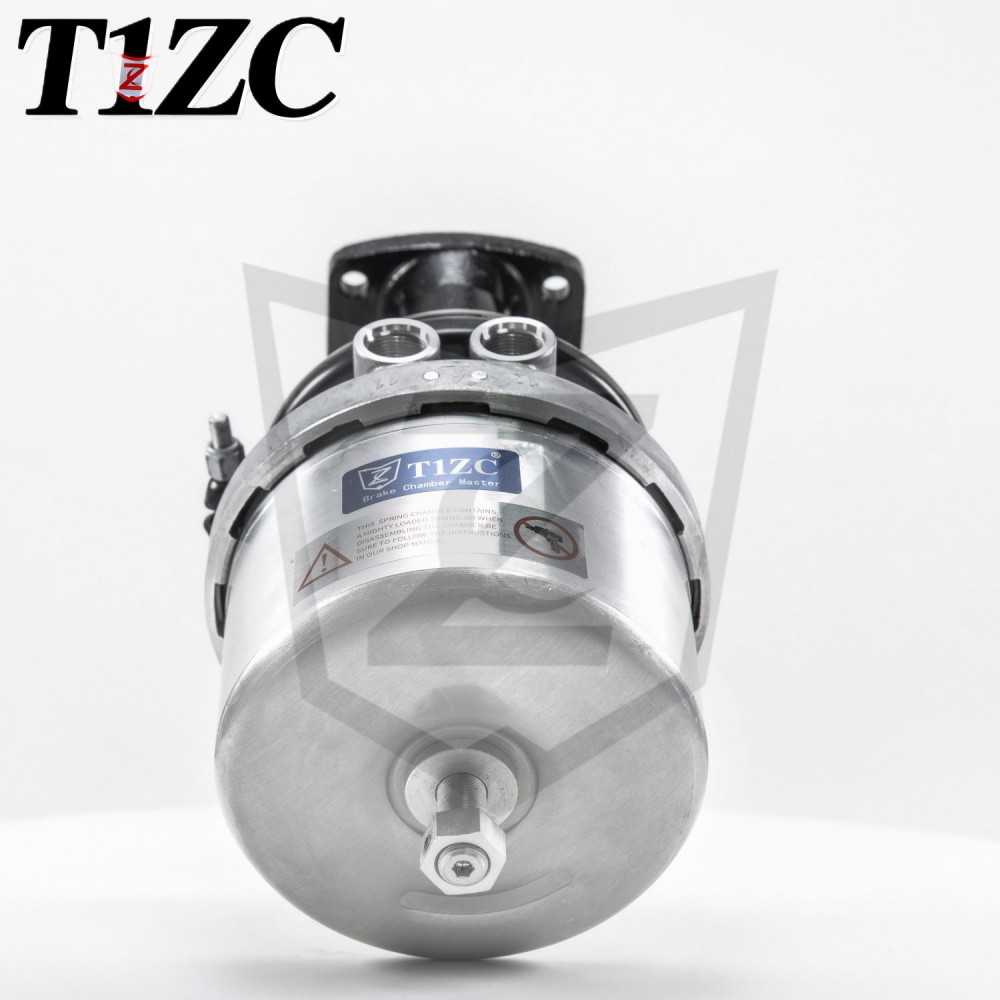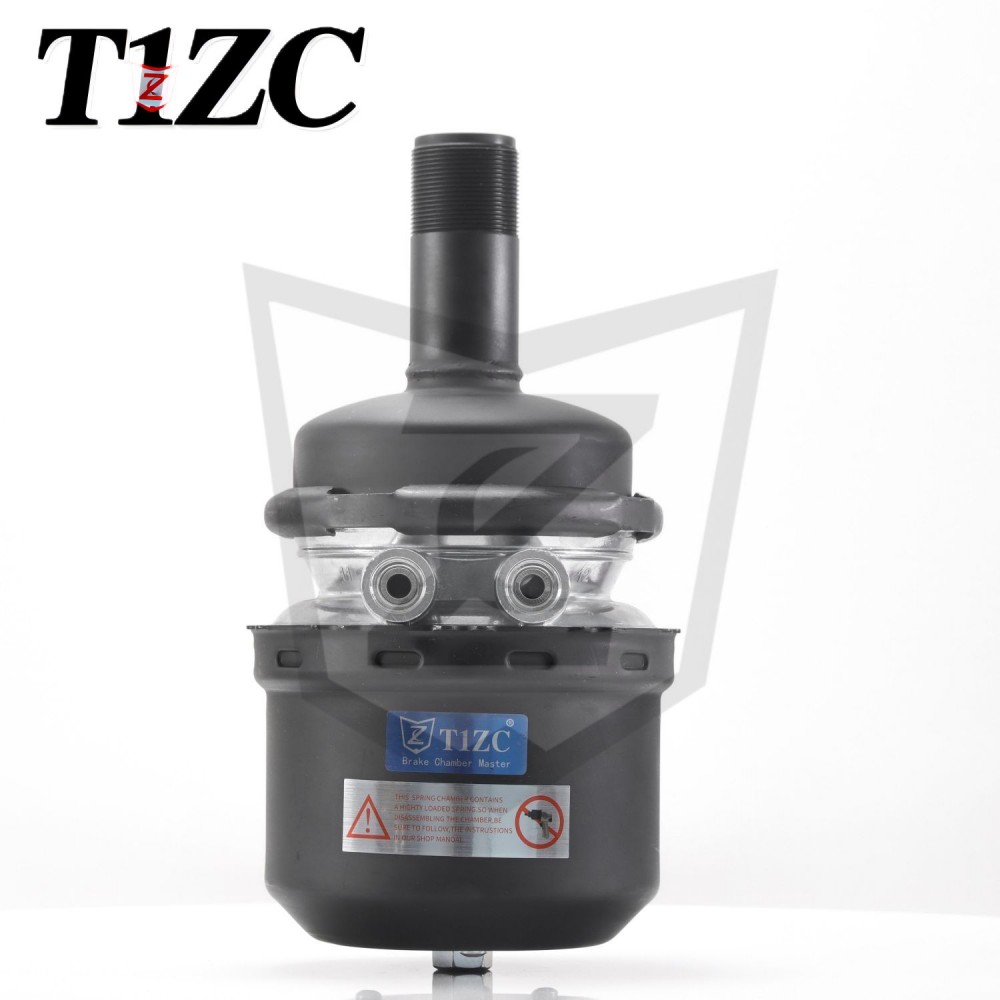When should you replace a brake chamber instead of repairing it?
Brake chambers are the critical muscle behind your commercial vehicle's air brake system, converting air pressure into the mechanical force needed to stop. While some components lend themselves to repair, knowing when to replace the entire brake chamber is crucial for safety, compliance, and long-term fleet economy. Here's a professional guide to making that decision:
1. Visible Damage or Compromise to the Housing:
* Cracks or Severe Dents: Any visible crack in the cast housing, especially near the clamp band, service/delivery ports, or pushrod opening, is an immediate replacement trigger. Dents that distort the chamber's shape or potentially impede internal diaphragm movement also necessitate replacement. The structural integrity is compromised.
* Severe Corrosion: While surface rust might be cleaned, deep pitting, especially in areas under stress like mounting bolt holes or the housing seam, weakens the chamber significantly. Corrosion that breaches the housing wall or prevents a proper seal is unacceptable. Chambers showing significant corrosion where the housing halves are crimped together should be replaced.
2. Diaphragm Failure or Suspected Internal Damage:
* Leaking Diaphragm: If a chamber leaks air audibly from its exhaust port when the brakes are applied (indicating a torn or ruptured diaphragm), replacement is standard practice. While theoretically possible to replace just the diaphragm, it's generally not recommended except in very specific, controlled circumstances by highly experienced technicians due to:
* Complexity: Proper disassembly, cleaning, reassembly, and crimping require specialized tools and expertise.
* Risk: Incorrect reassembly can lead to catastrophic failure.
* Cost-Effectiveness: Labor costs often approach or exceed the price of a new chamber.
* Internal Spring Failure: If the powerful return spring inside a spring brake chamber (parking/emergency side) breaks, the entire chamber must be replaced. Accessing this spring requires full disassembly, posing significant safety risks and making repair impractical and unsafe. Symptoms include the parking brake not applying or releasing correctly.
3. Pushrod Issues Beyond Simple Adjustment:
* Excessive Pushrod Travel (Even After Adjustment): If pushrod stroke remains outside legal limits (FMVSS 121) after proper brake adjustment, it often indicates internal problems like a failing diaphragm, weak internal springs, or housing distortion – all requiring chamber replacement.
* Bent or Damaged Pushrod: A significantly bent pushrod can indicate a prior impact or overstroke event that may have also damaged the chamber internals or housing. While the pushrod itself might sometimes be replaced, the chamber it came from should be thoroughly inspected and usually replaced due to the likelihood of associated internal damage. Severely bent pushrods often accompany chamber damage.
4. Age, Service History, and Reliability Concerns:
* Chronic Leaking or Malfunction: A chamber that consistently develops leaks or fails to hold pressure, despite attempts to address external fittings or slack adjusters, likely has internal wear or defects warranting replacement.
* High Mileage/Service Life: Brake chambers endure tremendous stress cycles. Proactively replacing older chambers, especially on critical axles (like the steer axle), during major brake jobs can be a prudent reliability strategy, preventing roadside failures. Consult manufacturer general service life guidelines if available, but prioritize condition.
* Following Severe Events: If a chamber was subjected to extreme conditions like a severe overstroke event (e.g., brakes dragging with extreme heat), impact damage, or immersion in corrosive chemicals, internal damage is likely even if external signs are minimal. Replacement is the safest course.
5. Mounting Integrity:
* Stripped or Damaged Mounting Holes: If the bolt holes used to mount the chamber to the spider/axle are stripped, significantly wallowed out, or cracked, the chamber cannot be securely fastened. Replacement is required. Corrosion compromising the mounting pad area falls under severe corrosion requiring replacement.
When Might a Limited Repair Be Considered?
The only common "repair" is replacing the clamp band assembly if it's damaged or leaking, provided the chamber housing itself is undamaged, the diaphragm is known to be good, and proper crimping tools/procedures are followed meticulously. This is generally a temporary measure or done only when a chamber is known to be relatively new and otherwise sound.
The Bottom Line: Safety First
Replacing a brake chamber is almost always the recommended action when any significant damage, internal failure, or compromise to the housing's integrity is present. The potential consequences of brake chamber failure – loss of braking power, inability to release brakes, or uncontrolled parking brake application – are far too severe. The cost of a new brake chamber is minimal compared to the safety risks, potential downtime, regulatory fines, and liability associated with a brake system failure. When in doubt, especially regarding housing integrity or internal components, replacement is the unequivocally safer and more reliable choice. Always prioritize compliance with FMVSS 121 regulations and manufacturer specifications. Regular inspection is key to identifying chambers needing replacement before they fail.


 EN
EN  English
English Português
Português
